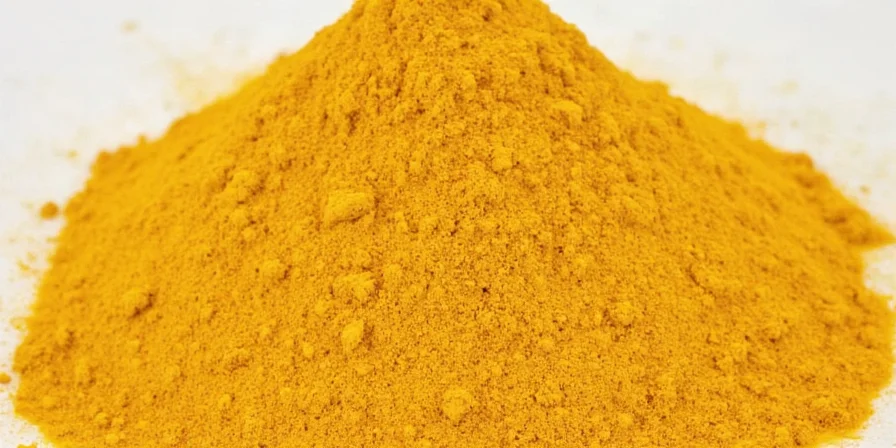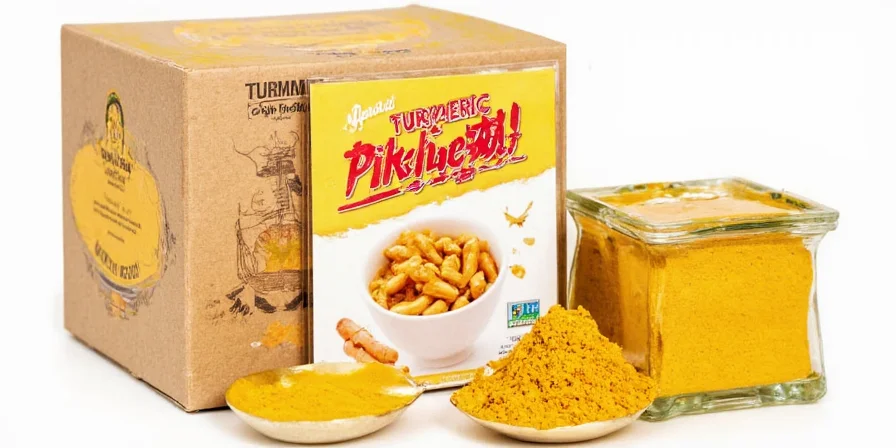Turmeric Powder: The Golden Superstar You Need in Your Pantry
Whether you’re a spice enthusiast or a curious home cook, turmeric powder is probably already lurking somewhere in your kitchen cabinet. But do you really know what it can do? Spoiler alert: It’s not just for curry anymore!
In this post, we’ll dive into the vibrant world of turmeric powder — from its ancient roots to modern-day superpower status. Along the way, I’ll share some practical hacks, flavor-boosting secrets, and even a few golden milk latte tips that will make you want to run to the kitchen (or at least reach for that yellow jar).
Table of Contents
- What Is Turmeric Anyway?
- Why Turmeric Powder Rocks
- 7 Practical Tips to Master Turmeric Powder
- Turmeric & Health: More Than Just Color
- From Curry to Latte: Creative Culinary Uses
- Buying and Storing Like a Pro
- FAQs: Everything Else You Ever Wondered
What Is Turmeric Anyway?
Turmeric (Curcuma longa) is a flowering plant native to South Asia. Its rhizomes — or roots — are boiled, dried, and ground into the vivid orange-yellow powder we know as turmeric powder. Used for thousands of years in Ayurvedic medicine and Indian cooking, it’s now celebrated worldwide for both its flavor and health benefits.
| Spice | Color | Main Use | Flavor Profile |
|---|---|---|---|
| Turmeric | Golden Yellow | Color & Anti-inflammatory | Earthy, Bitter, Warm |
| Cumin | Light Brown | Flavor Enhancer | Nutty, Smoky |
| Paprika | Bright Red | Color & Mild Heat | Sweet, Smoky |

Why Turmeric Powder Rocks
While fresh turmeric has its perks, the powdered form wins hands down when it comes to convenience and shelf life. Here’s why:
- Ready-to-use in any recipe without peeling or grating
- Mixes well with other spices for custom blends
- Easy to measure and store
- More affordable than most supplements
7 Practical Tips to Master Turmeric Powder
- Add a Pinch of Black Pepper: Curcumin, the active ingredient in turmeric, is fat-soluble and poorly absorbed. Enter piperine from black pepper — it boosts absorption by up to 2000%! Always pair them together for maximum benefit.
- Use Fat to Unlock Flavor: Add turmeric to oil-based dishes or mix with coconut milk or avocado for better bioavailability.
- Heat It Up: A quick toast in a dry pan before use intensifies its earthy aroma and enhances flavor.
- Make Golden Paste: Mix turmeric powder with water, black pepper, and oil to create a versatile paste that can be added to soups, stews, and smoothies.
- Dye Your Eggs Naturally: For Easter or springtime crafts, turmeric makes a safe, non-toxic natural dye.
- Keep a Clean Spill Zone: Turmeric stains everything! Lay down parchment paper or newspaper when working with it to protect surfaces.
- Wash Hands After Use: Rub lemon juice on your fingers after handling turmeric to avoid temporary yellow stains.

Turmeric & Health: More Than Just Color
The star compound in turmeric is curcumin, known for its potent anti-inflammatory and antioxidant properties. Studies suggest it may help reduce inflammation, support joint health, improve brain function, and even have anticancer potential.
However, keep in mind: while turmeric in food amounts is safe and beneficial, therapeutic doses often require supplementation under medical guidance.
Health Benefits at a Glance:
- Anti-inflammatory power
- Antioxidant activity
- May improve heart health
- Supports digestion and liver function
- May boost mood and cognitive function
From Curry to Latte: Creative Culinary Uses
Turmeric isn’t just for curry anymore. Here are some tasty ideas to bring the golden glow to your meals:
- Golden Milk: Warm milk (dairy or plant-based), turmeric, black pepper, cinnamon, and honey. Perfect before bed.
- Oatmeal Boost: Stir a pinch into your morning oats for warmth and color.
- Rice Perfection: Add to rice for a beautiful “saffron” effect.
- Smoothie Surprise: Blend into fruit smoothies — pineapple and mango pair especially well.
- Roasted Veggie Rub: Sprinkle over sweet potatoes or cauliflower before roasting.
- DIY Dressings: Mix into tahini dressings or vinaigrettes for a zesty kick.
Buying and Storing Like a Pro
To ensure you get the most out of your turmeric powder:
- Look for organic brands if possible
- Check for a fresh scent — musty turmeric is old turmeric
- Avoid pre-mixed powders unless necessary; blend your own for freshness
- Store in an airtight container away from light and heat
- Label with purchase date — best used within 6–12 months

FAQs: Everything Else You Ever Wondered
Can I eat turmeric powder raw?
Yes, but not in large amounts. It can irritate the stomach if consumed straight up. Best mixed with liquid or fats.
Is all turmeric created equal?
Nope. Quality varies by brand and source. Look for certifications like USDA Organic or third-party tested products for purity.
How much turmeric should I consume daily?
For general wellness, 1/4 to 1 tsp per day is common. For health-specific goals, consult with a healthcare provider.
Can turmeric stain teeth?
Possibly. Mixing with fats like coconut oil or using a straw can help prevent discoloration.
Conclusion: Embrace the Golden Glow
Turmeric powder is more than just a spice — it’s a lifestyle upgrade. From boosting your immune system to adding depth to your dishes, this golden gem deserves its place in your pantry and routine.
So next time you see that little jar of turmeric powder sitting quietly in your spice rack, give it a wink and say, “You’re coming with me on this delicious journey.” Because once you go golden, there’s no going back.










 浙公网安备
33010002000092号
浙公网安备
33010002000092号 浙B2-20120091-4
浙B2-20120091-4